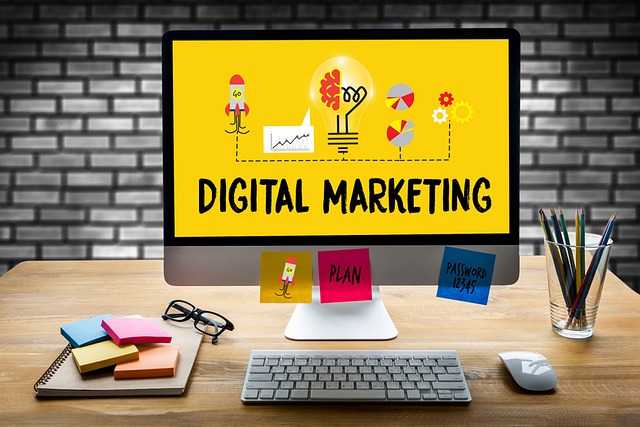AI visual analytics is transforming menu design in hospitality, leveraging machine learning and natural language processing to analyze customer data. This technology identifies trends, preferences, and patterns, enabling restaurants to create dynamic, personalized menus tailored to individual tastes, dietary restrictions, and cultural influences. AI visual analytics predicts popular dishes based on seasonal trends, local ingredients, and special events, optimizing sales and inventory management. By increasing customer satisfaction, loyalty, and engagement, it fosters an inclusive dining atmosphere while enhancing operational efficiency, profitability, and market positioning through data-driven menu design.
“Unleash the power of AI Visual Analytics in revolutionizing menu design and driving business growth. In today’s competitive landscape, understanding customer preferences is paramount, and AI offers a predictive solution like no other. This article explores how AI transforms menu creation, providing data-driven insights to enhance culinary experiences. From defining trends to optimizing offerings, AI visual analytics ensures menus are tailored to customer desires. Discover the key features, benefits, and best practices for implementing this game-changing technology in your business.”
- Understanding AI Visual Analytics for Menu Design
- – Definition and significance in modern business context
- – How AI enhances menu design process
Understanding AI Visual Analytics for Menu Design

AI visual analytics is transforming the way businesses, particularly in the hospitality industry, approach menu design. By leveraging machine learning algorithms and natural language processing, AI tools can analyze vast amounts of customer data to identify trends, preferences, and patterns. This enables restaurants to create dynamic menus that cater to individual tastes, dietary restrictions, and even cultural influences. With visual analytics, menu items can be presented in an intuitive, user-friendly interface, allowing diners to explore options effortlessly.
The benefits are multifaceted. AI visual analytics ensures menus remain up-to-date, relevant, and engaging. It can predict popular dishes based on seasonal trends, local ingredients, or special events, optimizing sales and inventory management. Moreover, it personalizes the dining experience by offering customized recommendations, increasing customer satisfaction and loyalty. This data-driven approach to menu design not only enhances operational efficiency but also fosters a more inclusive and enjoyable atmosphere for patrons.
– Definition and significance in modern business context

In today’s data-driven business landscape, AI predictive analytics solutions have become indispensable tools for companies aiming to stay ahead of the competition. By leveraging machine learning algorithms and advanced statistical techniques, businesses can uncover hidden patterns, make accurate forecasts, and gain valuable insights from their vast datasets. This capability is particularly transformative in various sectors, especially when combined with AI visual analytics for menu design. Through sophisticated data visualization, companies can present complex information in easily digestible formats, enabling better decision-making processes.
For instance, in the hospitality industry, AI visual analytics tools can analyze customer preferences and historical sales data to predict popular menu items, optimize pricing strategies, and enhance overall dining experiences. This not only improves operational efficiency but also fosters customer satisfaction by ensuring that menus are tailored to meet evolving demands. By embracing such innovative solutions, businesses can expect enhanced competitiveness, improved profitability, and a stronger market presence in their respective industries.
– How AI enhances menu design process

The integration of AI and visual analytics into the menu design process is transforming the way businesses create and optimize their culinary offerings. By leveraging machine learning algorithms, restaurants and food service establishments can gain valuable insights from customer preferences and behavior patterns. This data-driven approach allows for personalized menu engineering, ensuring that each dish caters to a broader audience.
AI visual analytics tools can analyze vast amounts of historical sales data, customer feedback, and market trends to identify popular ingredients, flavor combinations, and dietary preferences. These insights enable chefs and restaurateurs to make informed decisions about menu composition, ingredient sourcing, and pricing strategies. As a result, menus become more appealing, aligned with customer expectations, and ultimately boost revenue and customer satisfaction.
AI visual analytics for menu design offers a transformative approach, revolutionizing the way businesses strategize and present their offerings. By leveraging advanced algorithms, these solutions provide valuable insights into customer preferences, enabling restaurateurs to create menus that not only attract but also delight diners. Embracing AI in this process ensures a competitive edge, fostering a more engaging dining experience.
